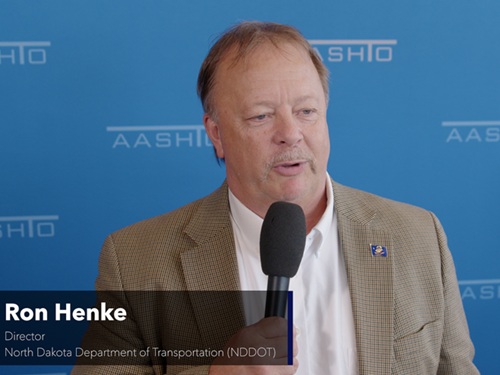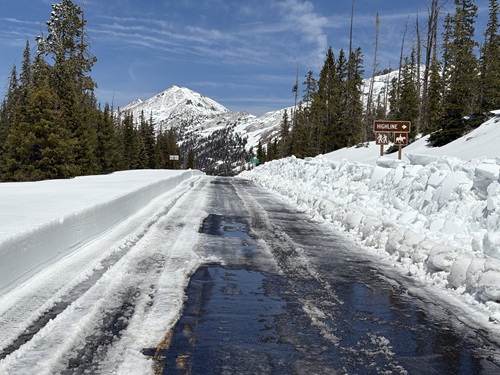Motor vehicle traffic on America’s roads is returning to pre-pandemic levels, according to a new study, and that is leading many state highway safety offices or SHSOs and their partners to step up a variety of programs to make sure the nation’s roads are safe for everyone.
[Above photo by the Virginia DOT]
According to a new report from national transportation research nonprofit TRIP, while vehicle miles travelled or VMT in the U.S. bottomed out in April 2020 at a level 40 percent below April 2019, by March 2021, VMT rebounded to just three percent below March 2019 levels.
In fact, according to TRIP’s report – entitled Transportation Impact and Implications of COVID-19 – by March 2021, vehicle travel in 15 states surpassed VMT rates in March 2019.

“While future transportation trends in a post-COVID-19 world will likely take several years to fully emerge, we already see that vehicle travel is almost back to pre-pandemic levels,” noted Dave Kearby, TRIP’s executive director, in a statement.
“Meeting the nation’s post-COVID-19 mobility needs will require that increased federal and state transportation funding provide state and local governments the flexibility to determine how best to improve their transportation system,” he added.
Because of that travel uptick, a new report by the Governors Highway Safety Association indicates states and territories are stepping up their work with various partners to remind the public about safe driving practices and relevant laws through a range of community outreach and engagement efforts.

That includes “high visibility” enforcement endeavors targeting seat belt usage, speeding, drunk driving, and enforcement of other traffic safety laws, noted GHSA Executive Director Jonathan Adkins.
“Everyone is excited to reconnect now that America is opening up. As more people take to the road this summer, our focus on safety during the pandemic needs to extend to the driver’s seat,” he said in a statement. “Remember to buckle up, drive sober, stow your cellphone and drive the speed limit. We shouldn’t compound the many deaths caused by COVID with additional loss of life on our roads – that is preventable.”
On top of that, data compiled and analyzed for AAA Travel by INRIX indicates a “significant rebound” in the number of Americans planning to travel this Memorial Day holiday weekend versus the same weekend in 2020.
From May 27 through May 31, AAA expects more than 37 million people to travel 50 miles or more from home – an increase of 60 percent from 2020, when only 23 million traveled, which was the lowest number of travelers AAA said it had recorded since it began collecting such data back in 2000.

Yet this expected strong increase in travel compared to the Memorial Day holiday in 2020, which occurred during the early phase of the COVID-19 pandemic, still represents 13 percent – or nearly 6 million – fewer travelers than in 2019.
Despite the projections for relatively lower travel volume compared to pre-pandemic years, the National Safety Council (NSC) estimates 415 people may die on the roads during the upcoming Memorial Day holiday.
“Many people choose to travel by car, which has the highest fatality rate of any major form of transportation based on fatalities per miles traveled,” said Mark Chung, NSC’s vice president of roadway practice in a statement. “We also ask everyone to do your part to ensure you and your loved ones get to your destinations safely.”
 Nation
Nation
North Dakota DOT Profiled in State DOT Update
July 3, 2025 Nation
Nation

